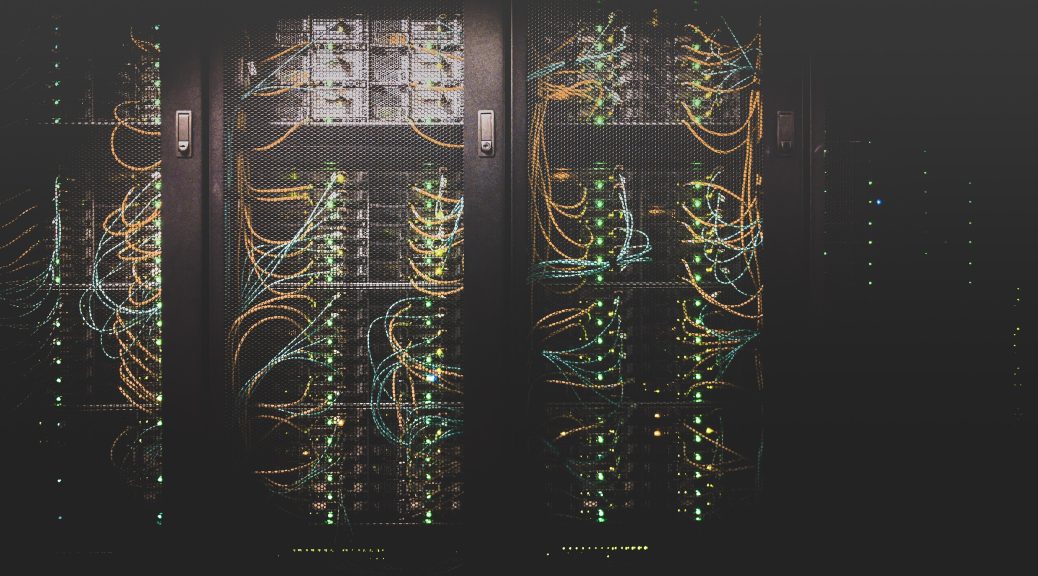
EUV laser and EUV lithography: definition, applications, examples
Due to the ever-increasing digitalisation, technology and the economy are dependent on constant progress. One of the most important areas is computer performance. Strong computer performance enables better autonomous driving, mobile devices or progress in the field of artificial intelligence. The challenge in improvement is to place more and more transistors on small chips.
How the innovative technology works
There are currently 10 billion transistors on small microchips in smartphones. These already have a million times the computing power of the computer used to land on the moon in 1969. In the early 1970s, microchips of the same size contained about 2000 transistors. Gordon Moore, the co-founder of Intel, predicted in 1965 that the number of transistors in chips would double every two years. In the following decades, it turned out that he was right. This law became known as “Moore’s Law”. Nevertheless, steps that lead to improvement become more and more complicated after a certain time in exponential progressions.
Microchips have been manufactured for 40 years using optical lithography technology. Structures of electronic components are transferred from a mask to a wafer made of silicon. The process is repeated about 100 times while different masks are used. The result is a three-dimensional structure of conductors and transistors. A sharp image of small structures depends on small wavelengths and large aperture angles of the optics.
In recent years, this process has reached its limits due to the increasing demands of technology and business. EUV lithography offers new opportunities and could push these limits, which is particularly interesting for the largest electrical companies in Germany. Put simply, an EUV lithography system consists of three essential components: A radiation source with residue protection and a collector, a wafer with photoresist and an imaging optics and mask. The new process uses other ranges of wavelengths and focuses on strong ultraviolet light as a radiation source. Ultraviolet is very short wavelength. In addition, the orientation on sophisticated optics and mirror systems enables the reproduction of tiny structures. The collector acts as a collection optic so that the radiation can be harnessed for the exposure process. The radiation is then reflected towards the lithography system. An ASLM system exposes more than 170 wafers per hour. The lacquer is precisely structured by an optical mask on wafers. This enables the creation of the finest structures with seven nanometres. The following comparison provides an illustration: the conventional system worked with wavebands of light of 193 nanometres, whereas EUV lithography works in the range of 13.5 nanometres. EUV lithography produces microchips that contain ten billion transistors but are only the size of a fingernail.
The technology is not only future-oriented and space-saving, but also energy-efficient. Compared to the older technology with a wavelength of 193 nanometres, the new process requires 50 percent less energy. Efficiency in terms of space utilisation has been improved by 40 percent.
Areas of application and examples of EUV lithography
Continuous development in the field of computer performance can guarantee that ever smaller and faster circuits are produced. Sectors such as the economy in particular benefit from more efficient manufacturing processes.
In road traffic, unpredictable and dangerous situations can quickly arise. In the long term, autonomous driving offers one possibility for improving safety. Here it is important that the software is not only able to brake and steer automatically. Programmes must be able to assess situations independently in order to act with foresight and recognise potential dangers. This kind of autonomous driving is not yet standard in today’s road traffic. However, EUV techniques are a promising way to permanently realise and improve such projects. Important for automated driving are cameras and sensors that help to evaluate situations. The environment is recorded and analysed in detail. New information is compared with a stored database to calculate an appropriate response. Improved microchips are able to create ever larger databases and process the large amount of information quickly. This improves reaction speed and accuracy.
EUV lasers enable modern smartphones and all the special functions they contain. Mobile phones have become increasingly secure against theft with the introduction of facial recognition. Various special features of the face are transmitted from the front camera to the smartphone, such as the distance from one eye to the other. The built-in programme compares the received data with the stored information and unlocks the mobile phone if the owner could be successfully identified. The fact that chips have become more and more powerful in recent years has contributed to the significant improvement of facial recognition. Similar software programmes are used at airports, for example.
In various service sectors, voice assistants and chatbots are used to simplify work. These artificial intelligences are used in customer service, for example. Programmes are offered on websites and can answer questions from consumers. If the software cannot find a suitable answer in the database, real employees are needed. EUV technology enables improved chatbots and AIs. Through improvements, programmes are able to recognise and correctly interpret possible ambiguous words. Even misspelled words can be correctly recognised and matched. Increased computing power enables ever larger databases that the AI can draw on to achieve better results.
Awarded the German Future Prize
On 25 November 2020 in Berlin, the winners of the Deutscher Zukunftspreis 2020 were announced. In an official ceremony, the winners of the project “EUV Lithography – New Light for the Digital Age” were honoured by Federal President Frank-Walter Steinmeier. The team of experts led by Dr Peter Kürz, Dr Michael Kösters and Dr Sergiy Yulin was awarded the prize in the fields of technology and innovation.
The German Future Prize, one of the most important scientific awards in Germany, has been awarded since 1997. The focus is on honouring products that are ready for application in the fields of technology, engineering and natural science. When awarding the prize, the jury also focuses on the social and economic potential of the innovative projects. Only three teams and their innovations are selected each year.
Photo by Artem Bryzgalov on Unsplash



